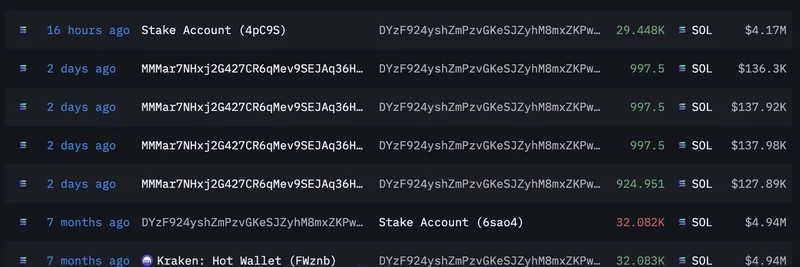In the fast-evolving world of blockchain, interoperability has long been a pain point. Traditional bridges often create messy, inefficient pathways between chains, leading to wrapped assets and complicated routing. But Analog, as highlighted in a recent post by @SOLPlayboy on X, is changing that narrative. This layer-zero protocol is designed to synchronize disparate blockchains into one cohesive network, powered by its innovative timechain technology.
At its core, Analog moves beyond outdated bridge models. Instead, it allows liquidity to flow cleanly across ecosystems. Developers can build once and deploy everywhere without dealing with the hassles of wrapped tokens or intricate paths. The timechain acts as a universal ordering layer, ensuring everything stays in sync.
What makes Analog stand out? It integrates several key components: the timechain for ordering, chronicle nodes for data handling, ZenSwap for trading, and Firestarter for project ignition. Together, these create real-time cross-chain coordination, improved discovery of opportunities, and actionable insights. Whether you're a builder creating dApps or a trader hunting for liquidity, Analog simplifies the multi-chain landscape.
The project's traction is impressive. Over 230 million ANLOG tokens are staked, offering a 44% APY. More than 60 projects are already building on it, and they've raised $36 million to connect over 100 chains. These stats aren't just numbers—they signal strong community momentum and real-world adoption.
Looking ahead, Analog's roadmap promises even more. Expect broader timechain integration at the base layer, automated tools for developers to handle cross-chain operations effortlessly, and intelligent liquidity tracking for traders. Validators focus on timestamp verification rather than competing for blocks, which reduces conflicts and enhances efficiency. Builders gain unified automation rails, while traders can monitor liquidity shifts in real time. Plus, NFTs and staking rewards bolster governance and incentives for ANLOG holders.
In essence, Analog is crafting a future where blockchains don't operate in silos but move in harmony. As @SOLPlayboy puts it, it's about clarity over fragmentation. For anyone in the crypto space, keeping an eye on Analog could mean staying ahead in the interoperability game. Check out the original post for more details and join the conversation on this promising protocol.



